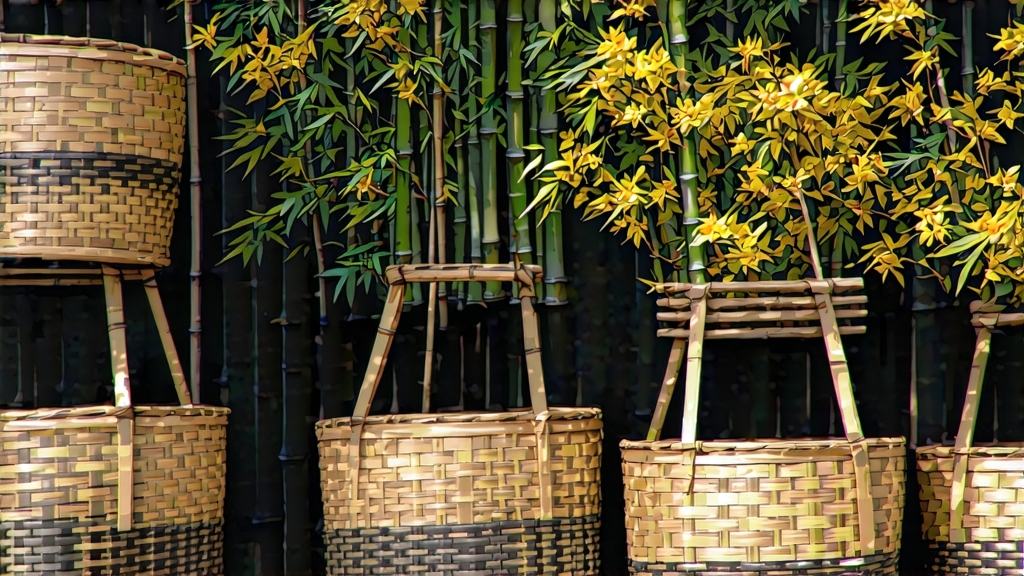
Tucked high in the mist-veiled Dabie Mountains of western Anhui Province, Huoshan Huangya has quietly captivated Chinese emperors, poets, and tea aesthetes for more than seven centuries. Unlike the better-known green, black, or oolong families, yellow tea occupies a tiny ecological niche: fewer than 0.3 % of China’s annual tea output qualifies as authentic huang cha. Within that niche, Huoshan Huangya—literally “Huoshan Yellow Bud”—is the most luminous jewel, prized for its down-covered golden tips, chestnut-sweet liquor, and a finish that lingers like a soft flute note above mountain streams. To understand why this tea once traveled in silk-lined chests to the Forbidden City, one must follow its journey from seed to sip, a journey that interweaves geography, dynastic politics, and microscopic fermentation.
Historical scrolls first mention “Huoshan tribute tea” during the Tang dynasty (618-907), but the explicit name Huangya appears in the Ming-era Gazetteer of Huoshan County (1542), where magistrates record 360 jin (roughly 180 kg) of “small-bud yellow” levied as imperial tax. Legend credits a tea-master named Wu Lian with discovering the yellowing technique around 1550 when, distracted by chanting monks, he left freshly killed green leaves under a hemp cloth for an extra two hours. The unintentional smothering turned the leaf edges a delicate primrose; when brewed, the liquor lost green tea’s grassy edge and gained a rounded, almost milky sweetness. The accident became protocol, and by the Qing Yongzheng reign (1723-1735) Huoshan Huangya was so coveted that county annals note special courier stations where riders changed horses every twenty li to rush the spring pickings to Beijing within five days.
Geography bestows the first layer of complexity. Huoshan County lies on the northern edge of China’s subtropical belt, where daytime peaks of 24 °C plunge to 12 °C at night. The thermal swing slows photosynthesis, concentrating amino acids—especially L-theanine—in the tender leaf buds. Soils are quartz-rich yellow granite, porous and faintly acidic, draining quickly so that roots struggle just enough to produce smaller, more aromatic leaves. Bamboo and pine cloak the slopes, exuding resins that volatilize in morning fog and settle on tea bushes, adding a whisper of sappy sweetness that seasoned cuppers can detect in the brewed aroma.
The cultivar itself is a local biotype of Camellia sinensis var. sinensis, nicknamed “jiu hua xiang” (nine-flower fragrance) by villagers because the young buds emit a floral note after the first spring rain. Farmers select only the apical bud plus the first unfolding leaf, a pluck standard called “qiang cheng” (spear and shield) that yields roughly 45,000 tips per 500 g of finished tea. Picking begins when 5 % of the buds reach “parrot-beak” curvature—usually between April 5 and 20, the window just before Qingming festival when insect damage is minimal and catechins are still gentle.
Crafting Huoshan Huangya is a choreography of heat, moisture, and time collectively known as menhuang—“sealing yellow.” The process diverges from green tea at the kill-green stage. Leaves are pan-fired at 160 °C for three minutes, just enough to denature polyphenol oxidase, but they are then piled 3 cm thick inside bamboo trays and covered with damp linen. Over the next 4–6 hours the stack hovers at 35 °C and 75 % relative humidity; chlorophyll degrades into pheophytin, carotenoids intensify, and a light non-enzymatic oxidation occurs. This “sweating” phase is the soul of yellow tea: too short and the liquor remains green and astringent; too long and the leaves drift toward black tea darkness. Masters gauge progress by aroma alone, waiting for the precise moment when green-bean fragrance yields to steamed chestnut.
Once the yellowing note emerges, leaves are gently kneaded to rupture 15 % of cell walls—far less than oolong—then baked over bamboo-charcoal baskets at 55 °C for forty minutes. Charcoal emits infrared wavelengths that drive off residual moisture without scorching the downy tips, lending a subtle smoky echo that complements the tea’s natural sweetness